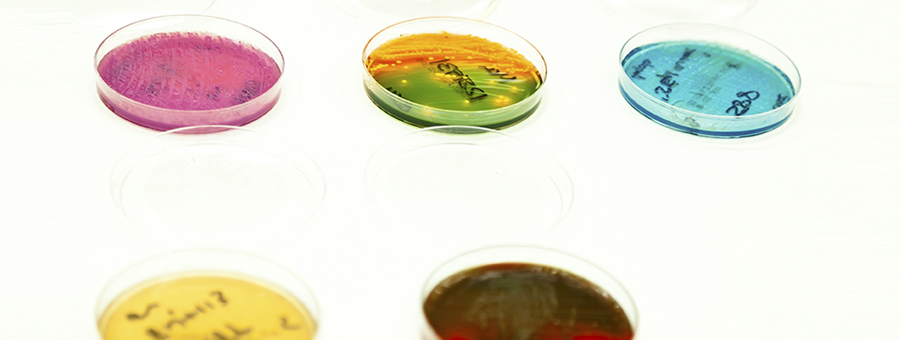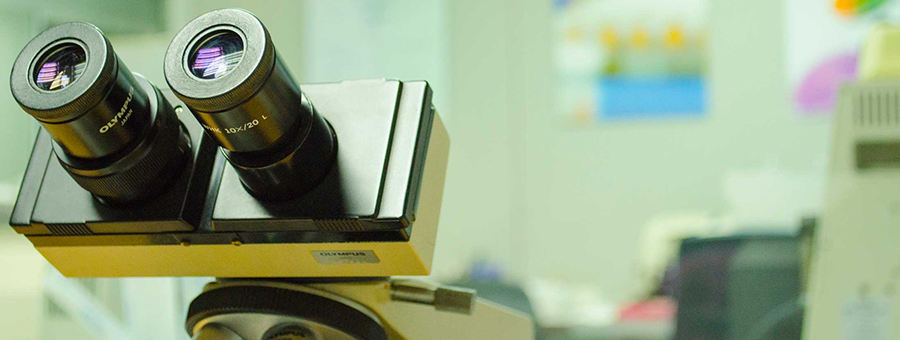Apart from the classical techniques, it is also used for the determination of antigens and/or antibodies of other microorganisms, where culture is not sufficiently useful for diagnosis. Among these techniques are the detection of antigens to the pneumococcus and Legionella in urine (for diagnosis of pneumonia), the determination of the antigen of the Syncytial Respiratory Virus (bronchiolitis in paediatric population) and the flu virus (pneumonias), the detection of the antigen of Helicobacter pylori in faeces (causing gastric and duodenal ulcers), or the antigen and the toxin of Clostridium difficile (causing diarrhoea above all in hospitals).

Microbiology
Micro-organisms are living things of very small size which can only be seen using a microscope, with the result that for the study it is necessary to obtain thousands or millions of individual organisms. These populations are obtained by making the micro-organisms grow under more or less well-defined conditions such as cultures.
Clinical microbiology is based on study by different techniques of identification of the microorganism causing different infections which occur in our organism as well as the determination of their sensitivity to different antibiotics and antifungal treatments. .
The methods based on culture in culture mediums continue to be recommended for the isolation and subsequent identification and conduct of an anti-biogram (a technique which makes it possible to measure the sensitivity of a strain of bacteria which is suspected of being responsible for an infection to one or several antibiotics), for the majority of infections caused by bacteria. Some examples of this are as follows:
- Infections of the urinary tract (urine culture)
- Gastrointestinal infections (stool culture)
- Infections of the seminal tracts (semen culture)
- Infections of the upper respiratory tracts (culture of pharyngeal, nasal and aural exudates…)
- Infections of the lower respiratory tracts (culture bronchial sputum, etc. )
- Infections of wounds
- Infections of internal organs (cultures of sterile liquids)

Microscopy
Gram stains are the most used: the colouring agents used enable us to distinguish between Gram positive and Gram negative bacteria, depending on the characteristics of the bacterial cell wall.
It is also important to be able to visualise the fungi which grow in mycological samples for identification.
This tool is also used in other areas of the laboratory, such as the viewing of urinary sediments (analysed in the search for different elements: leucocytes, cylinders, etc. with different diagnostic uses), the study of seminograms (analysis of the semen to verify the state of the sperm and its functioning), the detection of parasites in faeces and other samples.



